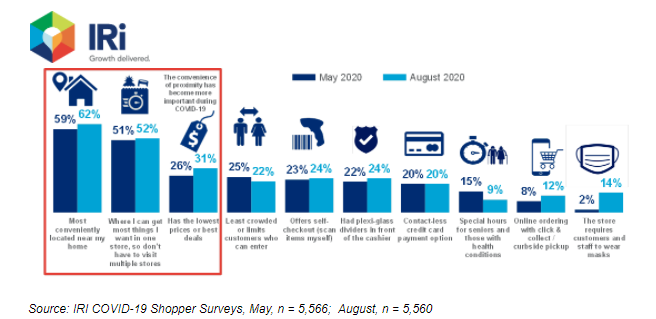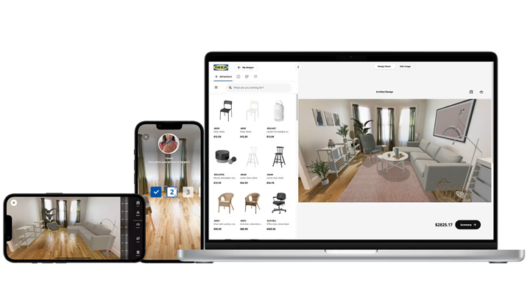Industry stakeholders must plan for the ongoing migration of customer spend to online retail transactions and accelerate digital and e-commerce strategies accordingly. But, in doing so, do not overlook that customers’ fragmenting needs and expectations are often best fulfilled by multiple channels to make purchases.
IRI’s ongoing research with our household panel (consisting of over 13,000 Aussie households) shows that the majority share (84%) of Australians now shop online. From March-June, there was a clear net gain in shoppers doing more online shopping – both generally and within FMCG specifically. But broad penetration growth opportunities still exist, especially among older aged buyers.
Indeed, after over two decades of enablement – and the countless discourse dedicated to the emergence of online shopping (yes, some more here too!) – it remains a high growth and nascent channel. And with online sales penetration in FMCG only around half that of total Australian online retail, its status an emerging channel is even more apparent in our industry.
Australian Bureau of Statistics (ABS) data show that total online accounts for a near double-digit (monthly) share of total Australian omnichannel retail sales as of July 2020. This follows share gains in Q2 that broadly matched the strong and consistent gains amassed in the prior 3-4 years. In the 12 months ending July 2020, online retail accounted for 58% of total Australian retail revenue growth vs its single digit share of sales.
In the QTR ending 19/07/20 we recorded a 29% increase in (new) Australia households that had embraced either Coles or Woolworth online. Both retailers alluded to online sales soaring well above 50% in the first weeks of the new financial year in recent trading statements, which is up from the 32% uplift in online sales recorded by IRI’s shopper panellists in the aforementioned July QTR. A confluence of consumer (pull) and industry/retailer (push) drivers mean that Australians are unlikely to go back to being as reliant on physical stores as they were.
Question: Have your shopping choices changed recently because of the Coronavirus? (Please select all that apply)

But the topic of multichannel retail is nuanced and circumstantial. Amid national and localised lockdowns necessity and/or risk avoidance have been the preeminent driving force underpinning increased adoption and frequency of online shopping (across all consumer sectors). A second key factor here is that increased online shopping is heavily intertwined with physical stores. Online transactions are often heavily dependent on physical stores to get products to customers – particularly with click & collect (buying online and collecting from a physical location) having become more widespread and sophisticated (both pre and post pandemic).
Our ongoing COVID-19 research with our shopper panelists reveals that the convenience of physical proximity has been even more important during COVID-19, far outweighing the significance of online ordering capabilities. In that sense, it highlights how the pandemic has arguably strengthened consumers’ sentiment of conveniently located physical stores getting the retail fundamentals right. And for some, COVID-19 induced restrictions are likely to have provided newfound appreciation for the social interaction and experiential dimension of well-executed physical stores. This explains why online sales penetration has diminished from peak levels across many developed markets internationally (and in Australia) in time periods where consumers have had the freedom and opportunity to return to their prior ways of shopping.
Question: Which of the following describes how you’ve been choosing where to shop for groceries and other household essentials during the past month? (Please Select all that apply)

The longer-term impact of online retail growth on FMCG industry sales, and operational processes, will evolve to be far greater than it is today. Fusing the best of both online and offline is key in providing the channel-agnostic shopping experience that Australians have come to expect. Australian FMCGs must excel at omnichannel category management, setting the goal of overtrading versus each retailer’s brick-and-mortar business. IRI is uniquely placed to provide the robust and timely benchmarks in what is still just an early phase in the longer-term migration to multichannel retailing.
IRI is the leading provider of big data, predictive analytics and forward-looking insights for the FMCG industry. For more information, visit www.iriworldwide.com.






